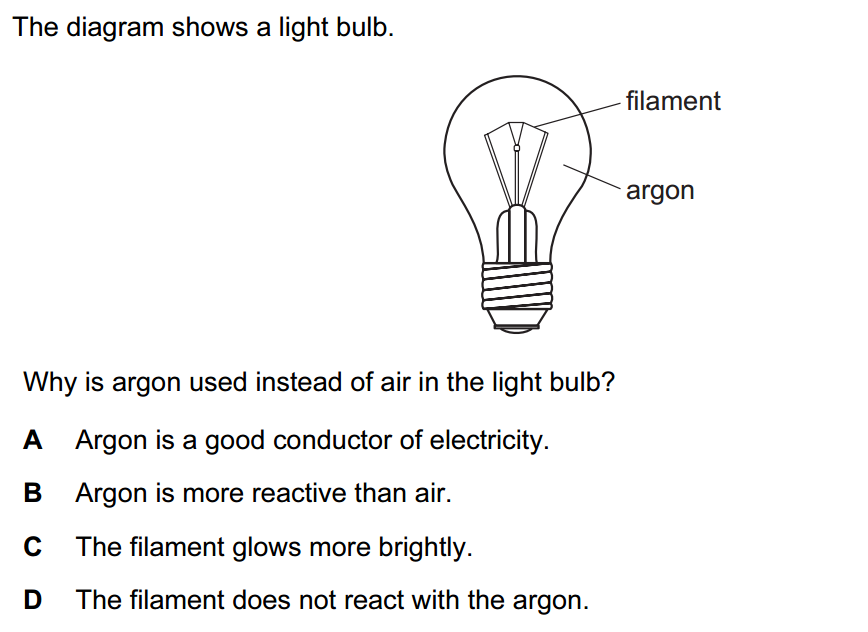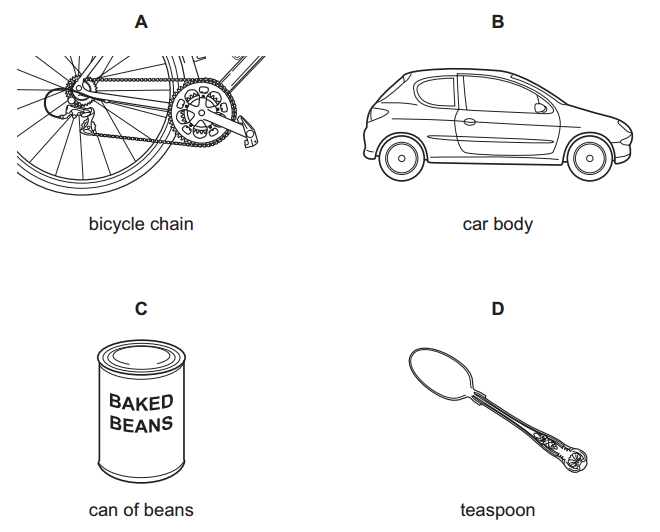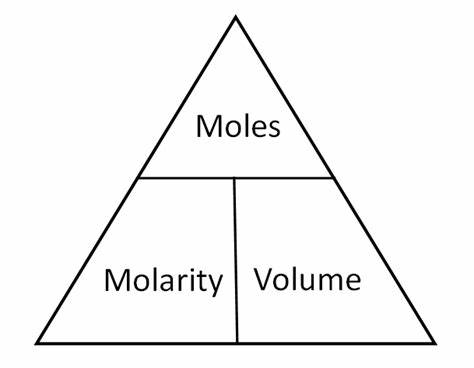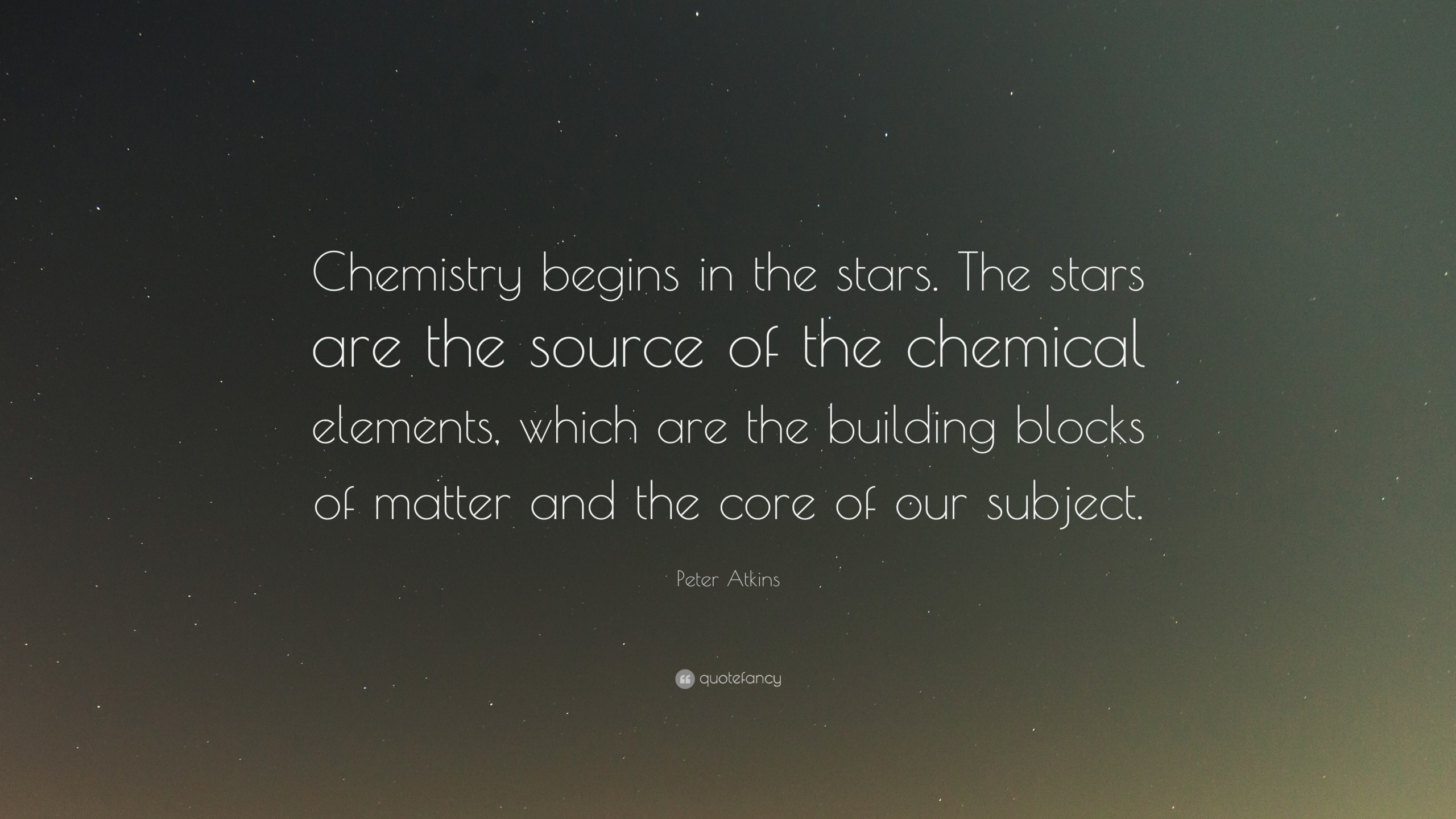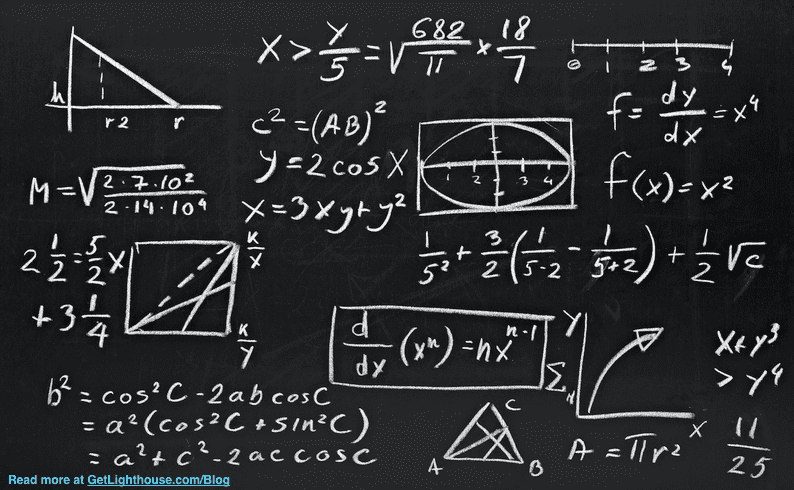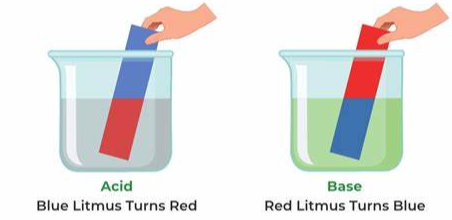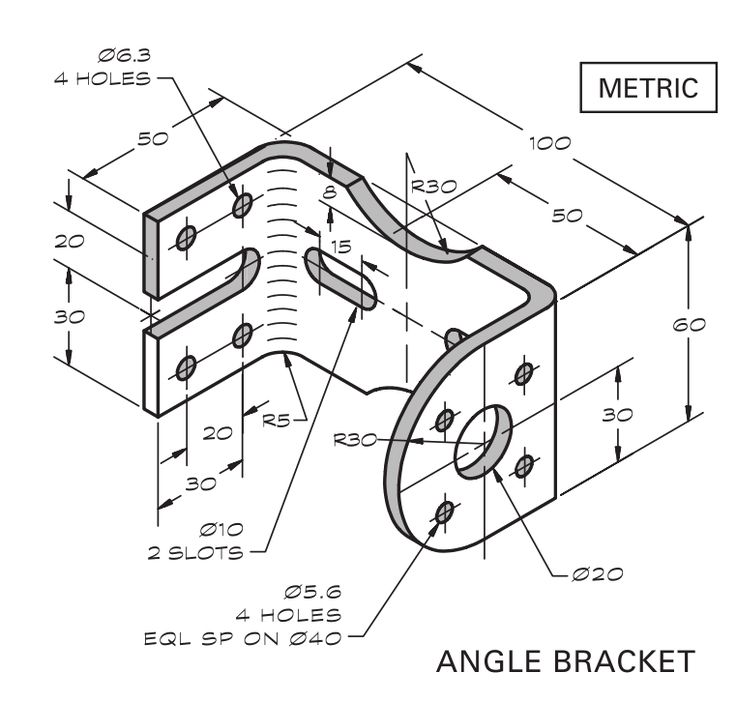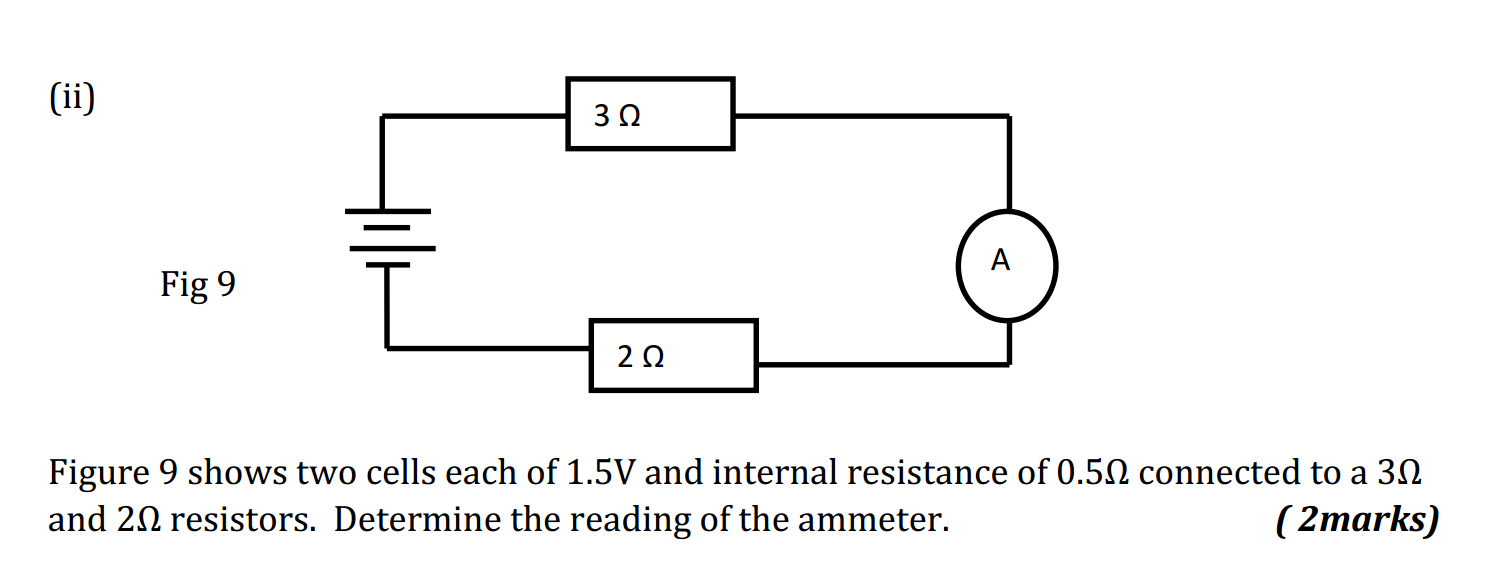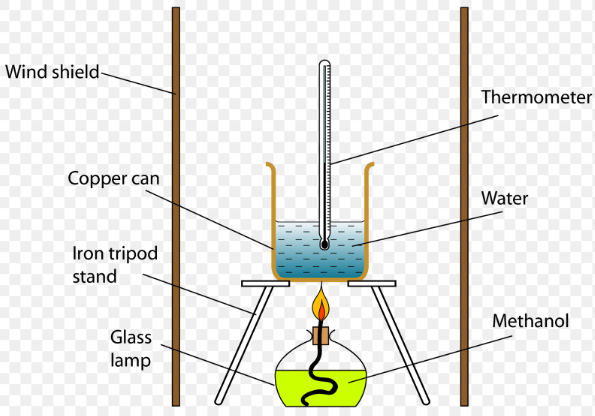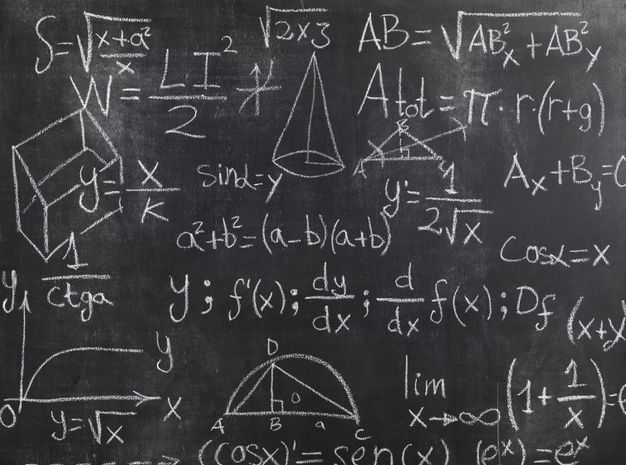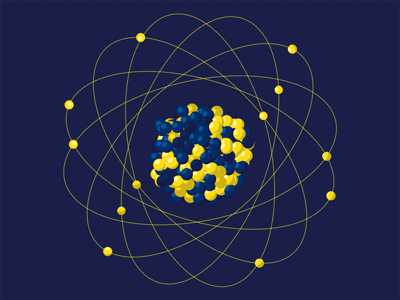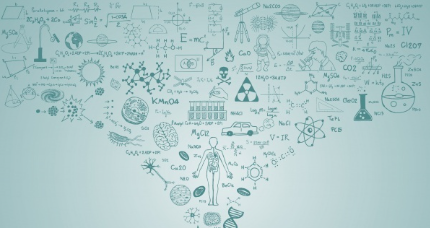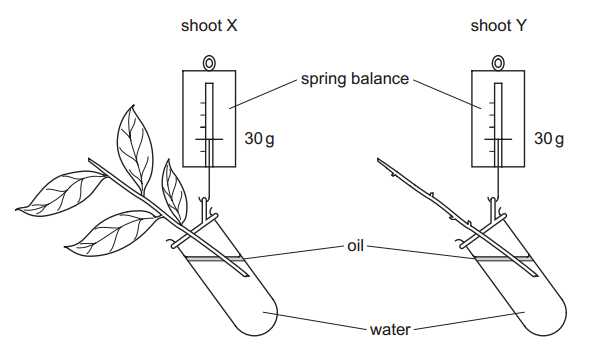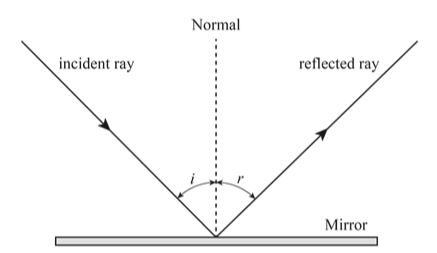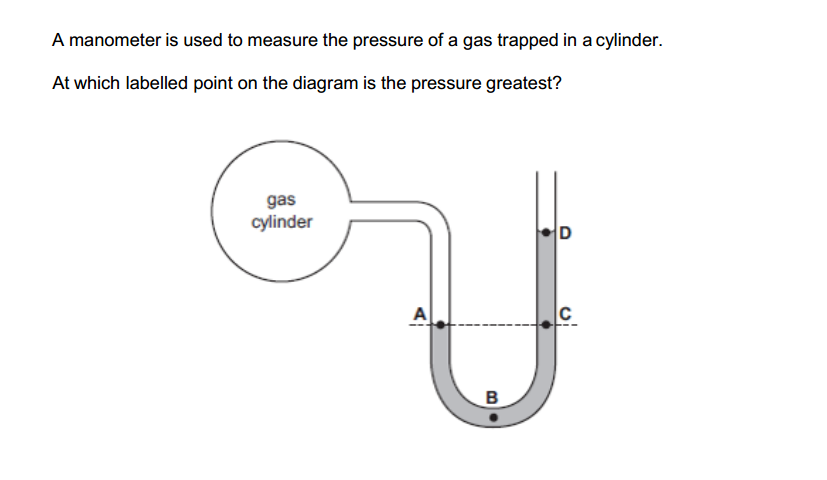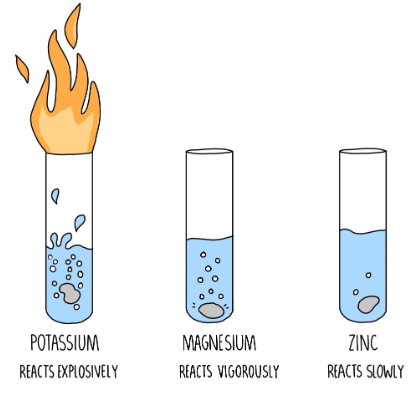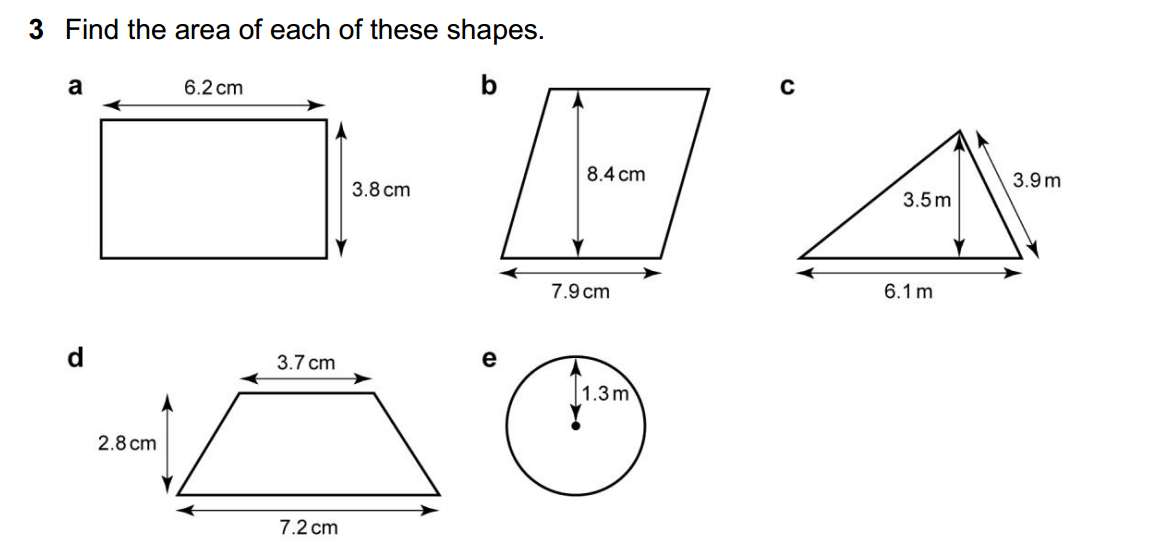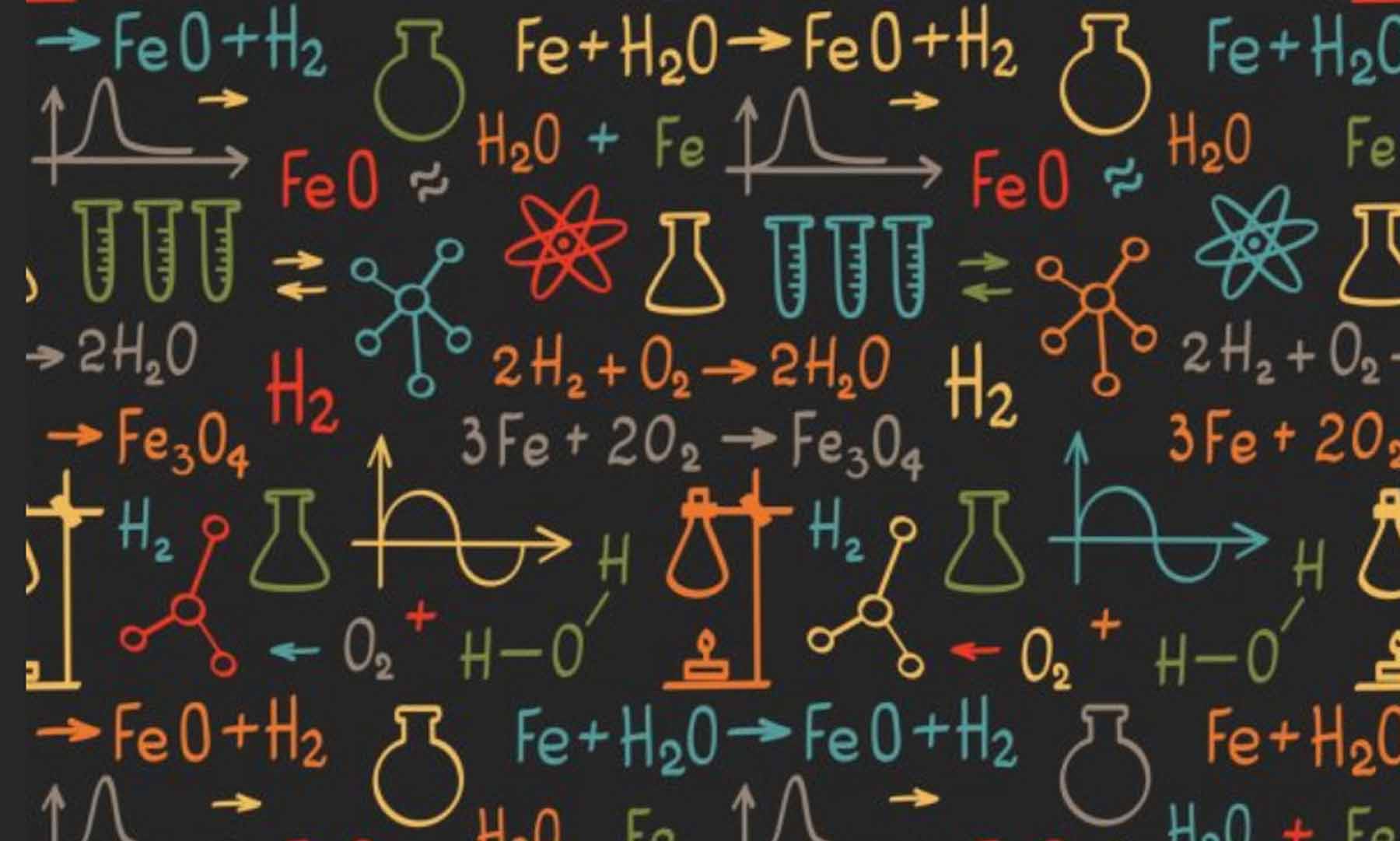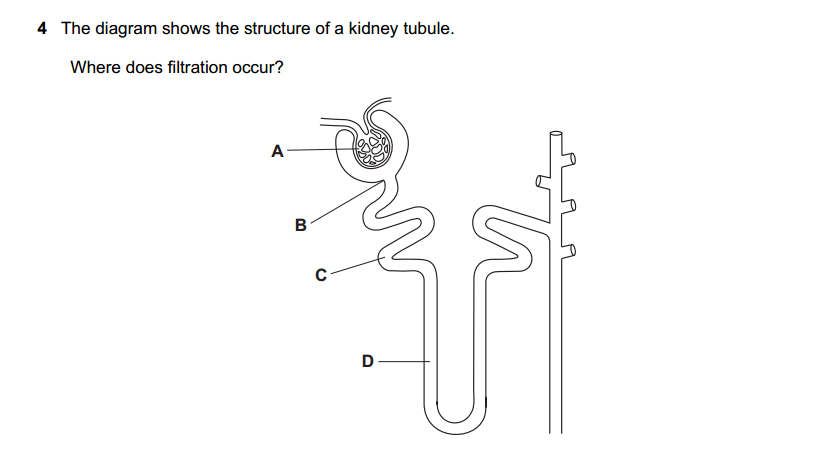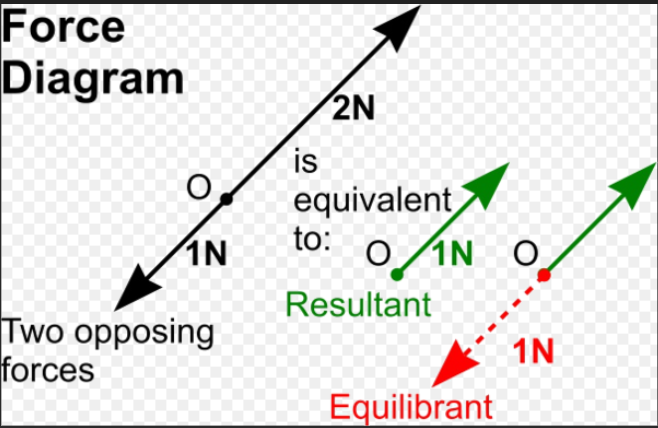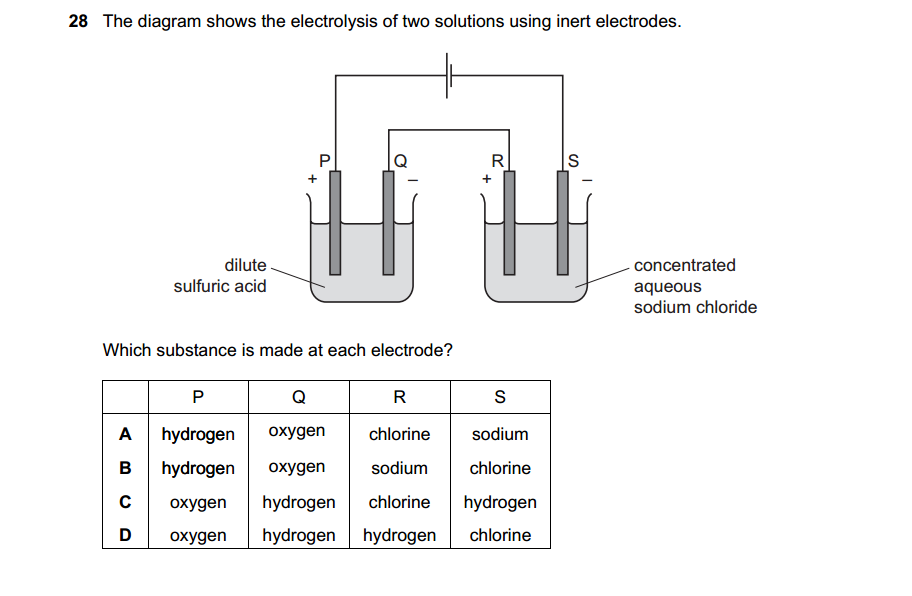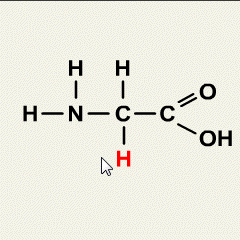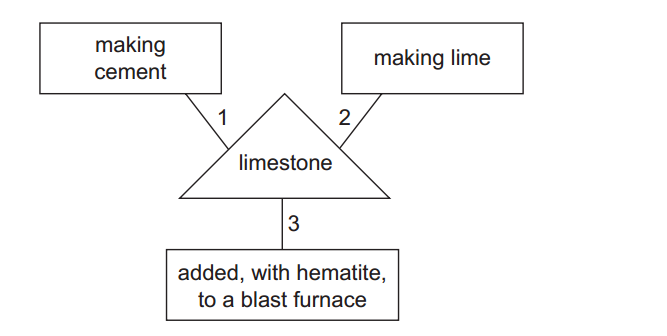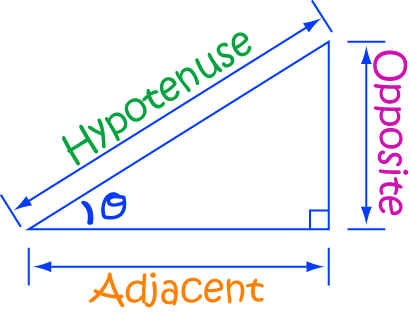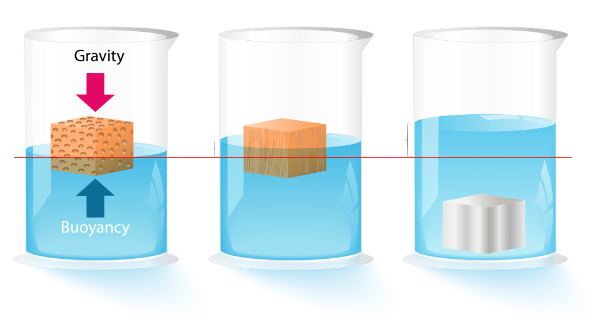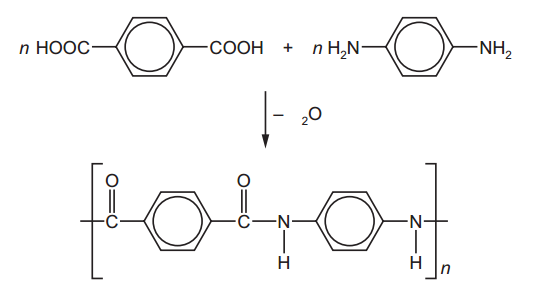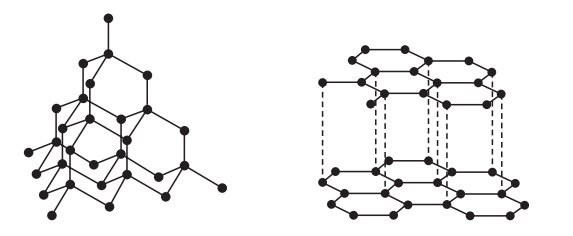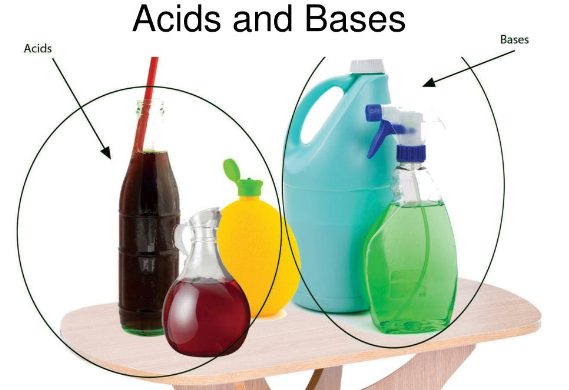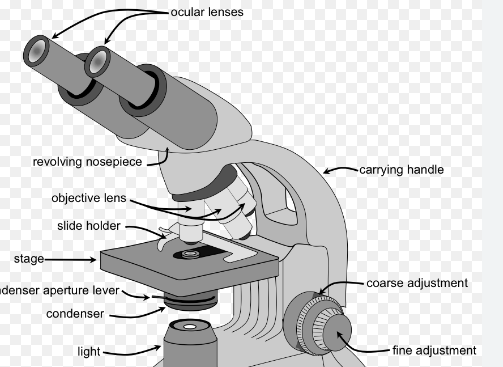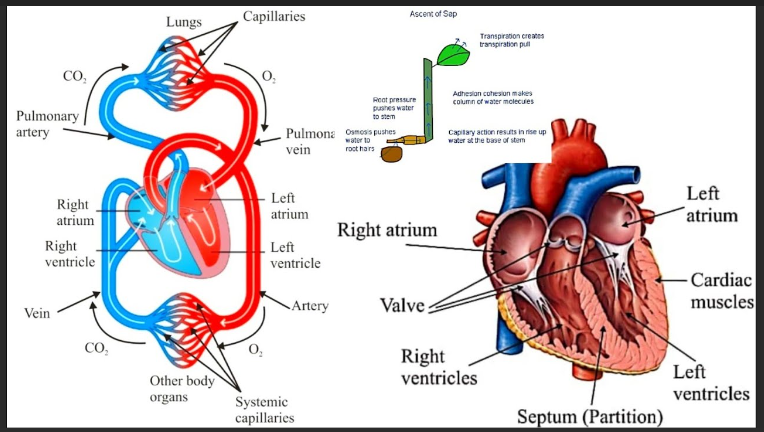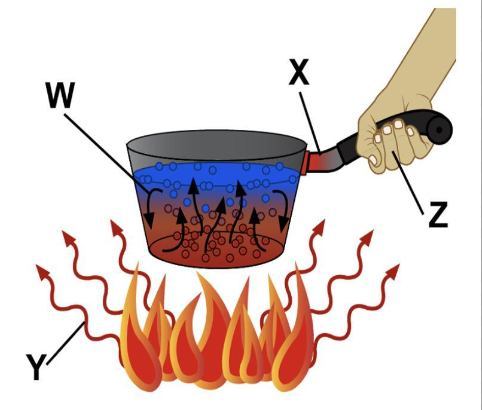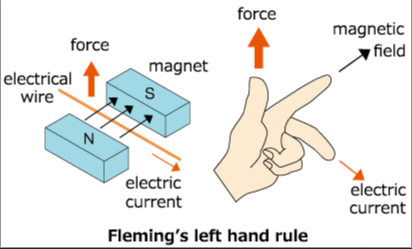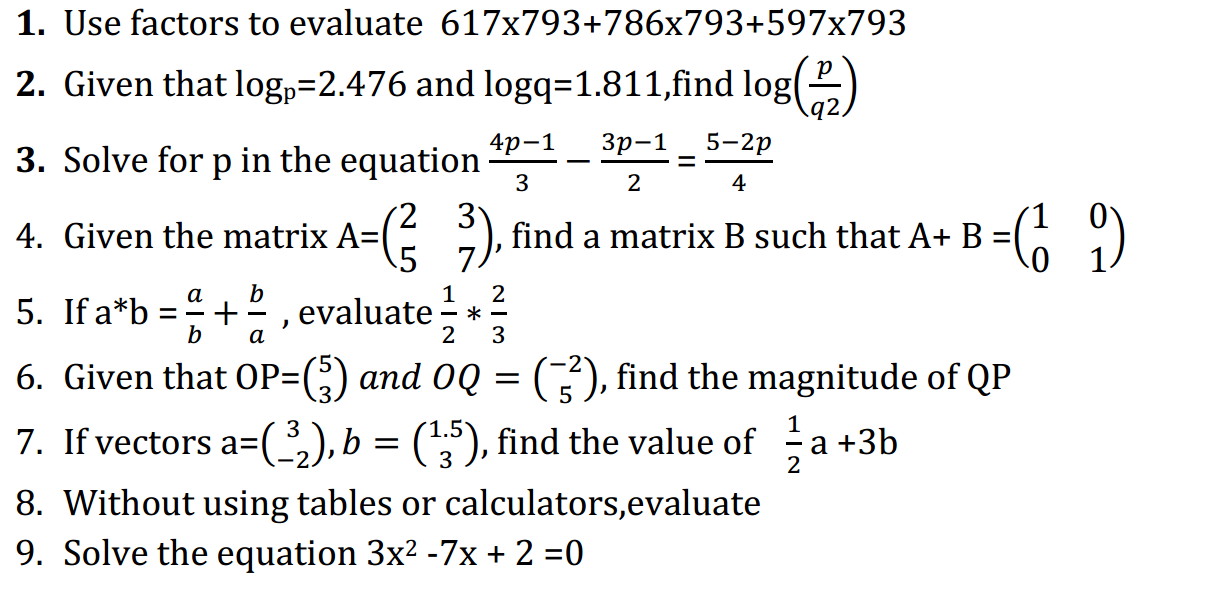Pressure in physics is defined as the force per unit area applied to an object’s surface. It is a fundamental concept in physics and has various applications in different fields. Here’s an overview of pressure in physics and some of its applications:
- Definition of Pressure: Pressure (P) is defined as the force (F) applied perpendicular to the surface of an object divided by the area (A) over which the force is applied. Mathematically, it’s expressed as P = F/A.
- Units of Pressure: The SI (International System of Units) unit of pressure is the pascal (Pa), which is equal to one newton per square meter (1 N/m²). Other common units include atmospheres (atm), millimeters of mercury (mmHg), and pounds per square inch (psi).
- Hydrostatic Pressure: This is the pressure exerted by a fluid at rest. It increases with depth in a fluid due to the weight of the fluid above. Hydrostatic pressure is fundamental to understanding fluid mechanics and is used in various applications, such as in hydraulic systems and the design of underwater structures.
- Gas Pressure: The pressure exerted by gases is described by the ideal gas law, which relates pressure, volume, and temperature. Gas pressure is used in countless applications, including weather forecasting, the operation of engines, and the study of gases in chemistry.
- Blood Pressure: In medicine, blood pressure measures the force of blood against the walls of arteries. It’s expressed as systolic pressure over diastolic pressure and is vital for diagnosing and monitoring various medical conditions, like hypertension.
- Atmospheric Pressure: This is the pressure exerted by the Earth’s atmosphere at a given point. It decreases with increasing altitude. Atmospheric pressure is crucial for weather patterns, aviation, and in the operation of various equipment like barometers.
- Pressure in Solids: Pressure also applies to solids. In engineering, understanding how materials respond to pressure is essential for designing structures and machines. It’s used in stress analysis, such as determining how much pressure a bridge or building can withstand.
- Pressure in Fluid Dynamics: Fluid dynamics relies heavily on pressure concepts. Engineers and scientists use pressure calculations to design fluid systems, such as pipelines and pumps. It’s also important in aerodynamics for designing aircraft and in hydrodynamics for ship design.
- High-Pressure Physics: The study of materials and phenomena at high pressures is a branch of physics. It’s used to investigate extreme conditions like those found deep within the Earth, and it has applications in materials science and geophysics.
- Industrial Applications: Pressure is used in various industrial processes. For instance, in manufacturing, pressure is applied in molding, extrusion, and forming materials. In the oil and gas industry, pressure is crucial for drilling, extraction, and transportation.
- Pressure Sensors: These devices are used to measure pressure in various applications, including automotive systems, aerospace, healthcare (like in ventilators and blood pressure monitors), and industrial automation.
- Weather Forecasting: Understanding atmospheric pressure changes is fundamental to weather forecasting. High and low-pressure systems affect weather patterns, leading to the development of weather maps and predictions.
- Scuba Diving: In recreational and professional diving, understanding water pressure at various depths is essential for diver safety and equipment design.
- Space Exploration: In the vacuum of space, pressure becomes a significant concern. Engineers must design spacecraft to maintain the appropriate pressure for human habitation.
Understanding and controlling pressure is vital in a wide range of scientific, engineering, and everyday applications. It allows us to design, build, and operate various systems and devices effectively.






